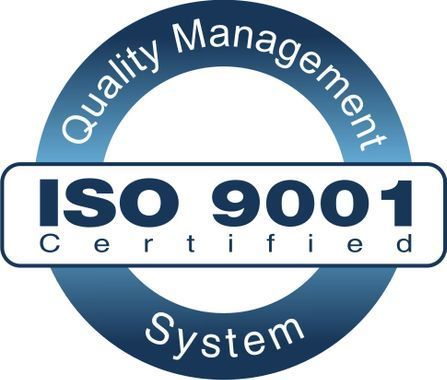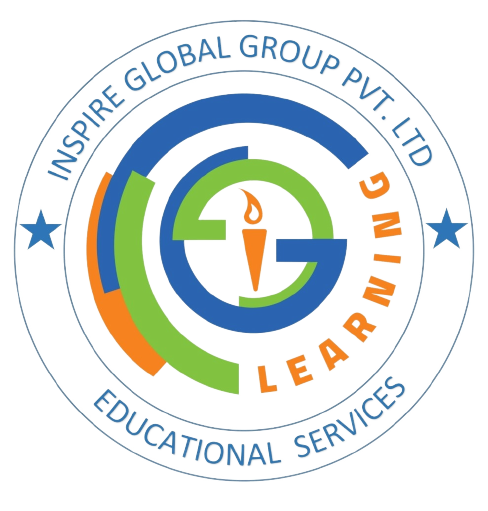Management system ISO 9001

Benefits of Implementing ISO 9001 Management System:
1. Enhanced Customer Satisfaction: By consistently meeting customer requirements and delivering high-quality products and services, organizations can enhance customer satisfaction and loyalty.
2. Improved Processes and Efficiency: ISO 9001 encourages organizations to identify and eliminate inefficiencies, leading to improved processes, reduced waste, and increased productivity.
3. Enhanced Reputation and Credibility: Certification to ISO 9001 demonstrates a commitment to quality and can enhance an organization's reputation and credibility in the marketplace.
4. Competitive Advantage: ISO 9001 certification can provide a competitive advantage by differentiating the organization from competitors and opening up new business opportunities.
5. Better Decision Making: The use of data-driven decision-making processes and a focus on continuous improvement can lead to better decision-making and more informed strategic planning.
6. Legal and Regulatory Compliance: ISO 9001 helps organizations ensure compliance with relevant legal and regulatory requirements, reducing the risk of legal issues and penalties.
Overall, ISO 9001 provides a systematic approach to quality management that can help organizations improve their processes, enhance customer satisfaction, and achieve their quality objectives.
ISO 9001 is an internationally recognized
standard for quality management systems (QMS). It provides a framework and set
of principles that organizations can use to ensure they consistently meet
customer requirements and continually improve their processes. Here's a
detailed look at the management system defined by ISO 9001:
Key Components of ISO 9001 Management System:
1. Quality Policy: The organization
establishes a quality policy that outlines its commitment to meeting customer
requirements and achieving quality objectives. The policy provides a framework
for setting quality objectives and guides decision-making throughout the
organization.
2. Quality Objectives: Based on the
quality policy, the organization sets measurable quality objectives at relevant
functions and levels. These objectives should be consistent with the
organization's strategic direction and provide a focus for improvement efforts.
3. Documented Information: ISO 9001
requires the organization to maintain documented information (documents and
records) to support the operation of the QMS and demonstrate conformity to
requirements. This includes documents such as procedures, work instructions,
and records of process performance.
4. Process Approach: ISO 9001
emphasizes a process approach to quality management. Organizations identify and
manage the interconnected processes that contribute to the achievement of
quality objectives and customer satisfaction. This includes defining process
inputs, outputs, responsibilities, and performance indicators.
5. Risk-Based Thinking: The latest
version of ISO 9001 (2015) incorporates risk-based thinking throughout the QMS.
Organizations are required to identify and address risks and opportunities that
could affect the conformity of products and services, as well as customer
satisfaction.
6. Management Responsibility: Top
management is responsible for the effectiveness of the QMS. This includes
providing leadership, establishing quality policy and objectives, allocating
resources, and promoting a culture of quality and continuous improvement.
7. Resource Management: The
organization ensures that resources necessary for the operation of the QMS are
identified, provided, and maintained. This includes human resources,
infrastructure, work environment, and support services.
8. Product Realization: ISO 9001
defines requirements for planning, designing, and delivering products and
services. This includes processes such as product/service planning, design and
development, production, and service delivery.
9. Measurement, Analysis, and Improvement: The organization establishes processes for monitoring, measuring, analyzing, and improving the performance of the QMS. This includes conducting internal audits, analyzing data, implementing corrective actions, and continually reviewing the effectiveness of the system.

